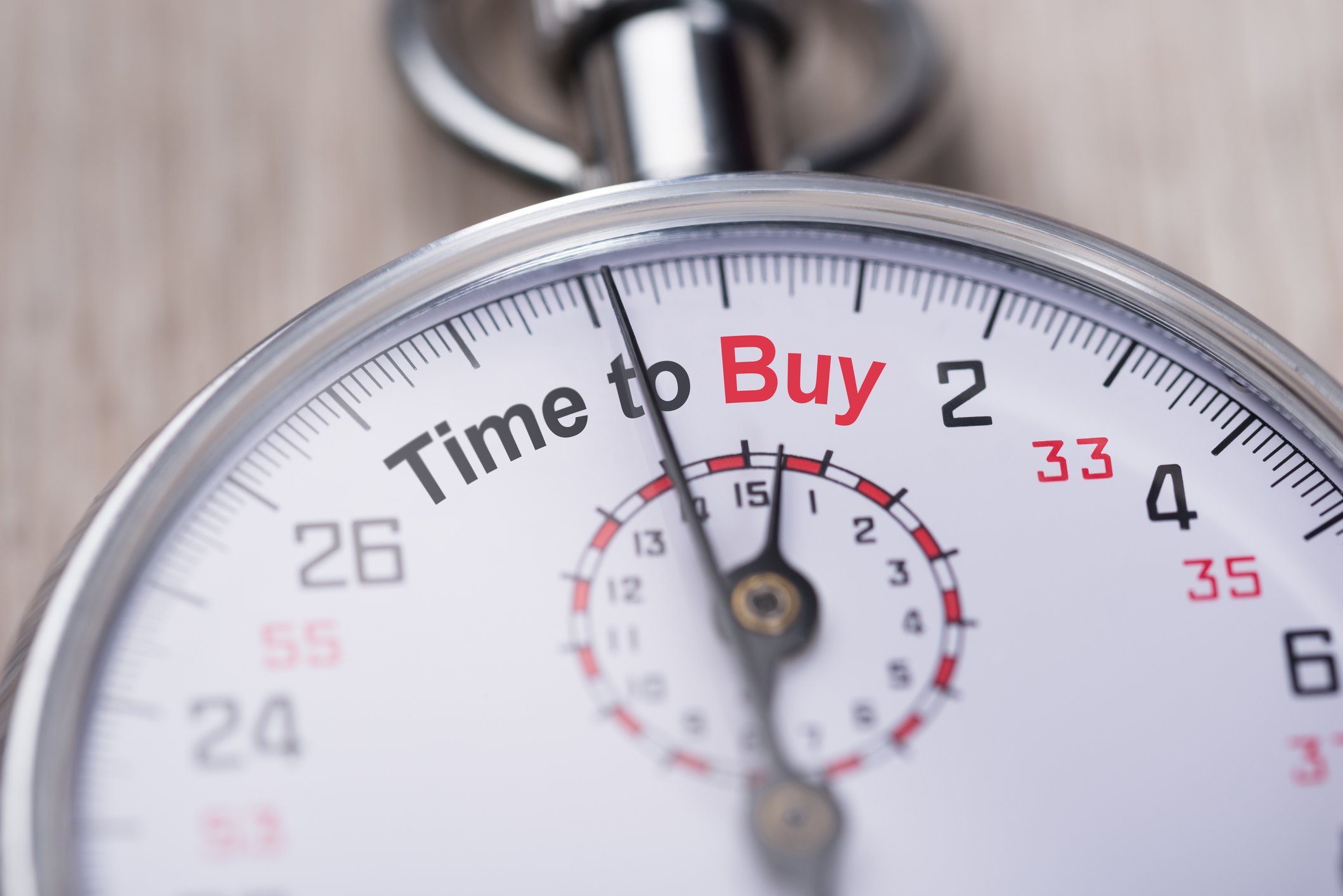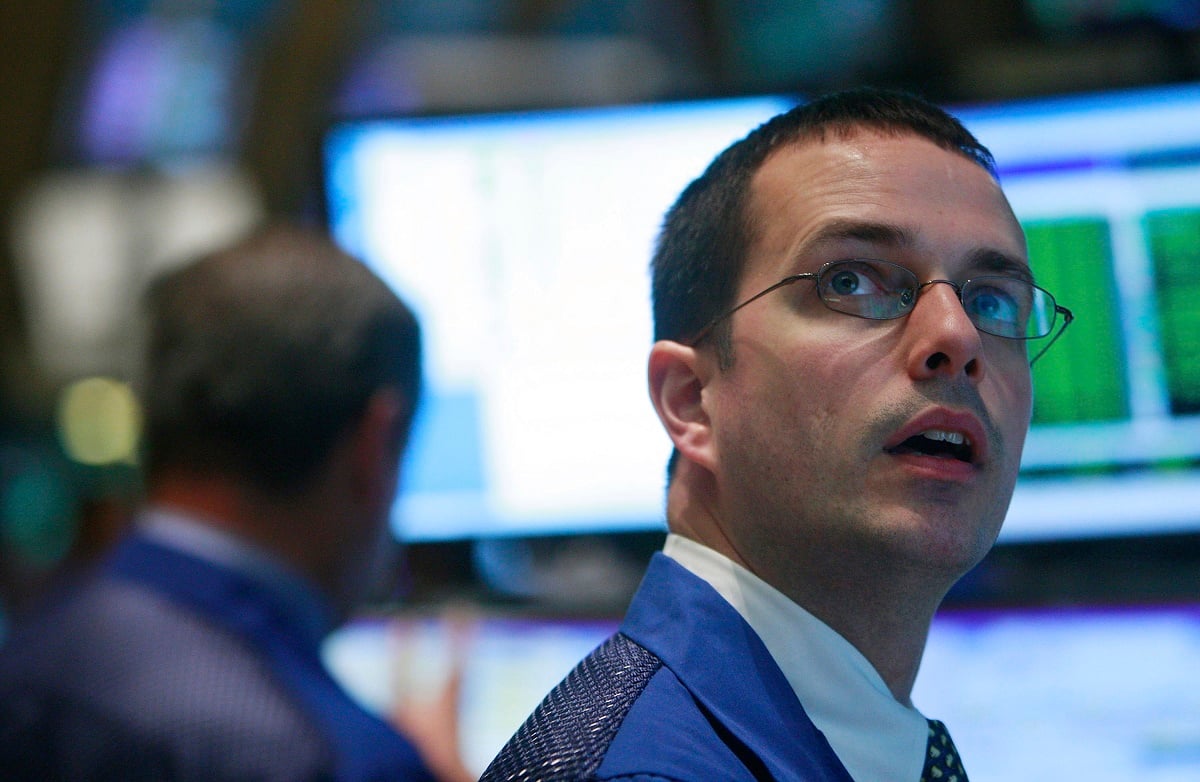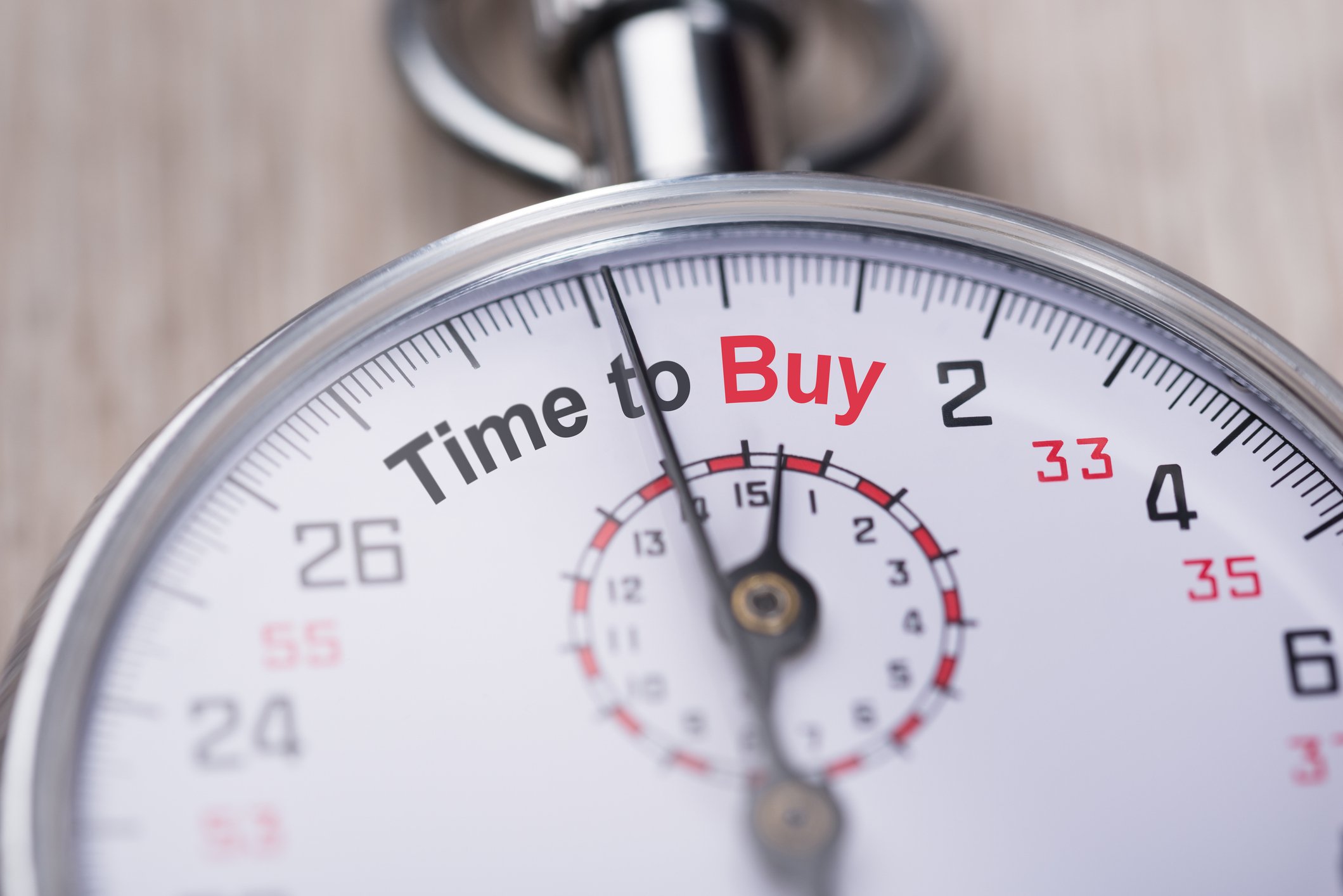It pays to follow which stocks Warren Buffett is buying. His holding company, Berkshire Hathaway (BRK.A +0.07%)(BRK.B +0.04%), has averaged double-digit annual returns for decades.
What is Buffett and Berkshire buying today? Two stocks in particular stick out. While technically competitors, they each control a huge chunk of a growing, highly profitable market. Investors have already greatly profited from these two stocks, but it's not too late for you to jump in.
Buffett has already made 1,500% returns with these two stocks
If Warren Buffett has taught the market anything, it's to buy businesses that continue to grow for far longer than anyone anticipates. Sure, some stocks zoom in value over a period of months or years. However, compounding consistent growth over decades is the most reliable method of producing long-term wealth.
There are two businesses in Buffett's portfolio that very well could be the next $1 trillion stocks: Visa (V 0.09%) and Mastercard (MA 0.12%). Regulatory filings currently show Berkshire with a $2.2 billion position in Visa, and a $1.7 billion stake in Mastercard. Both stocks have been in the portfolio since 2011 -- another sign that Buffett is playing the long game with these investments.
Buffett has already accrued huge gains through these holdings. Both stocks are up well over 1,500% since 2011. The S&P 500, for comparison, grew in value by just 427% over that time period.
V Total Return Level data by YCharts
Visa and Mastercard stocks have more upside from here
Is there still time to follow Buffett into Visa and Mastercard? Absolutely. That's because the same factors that made both businesses so successful are still in place. In many ways, these factors are stronger than ever.
Perhaps the best type of business to buy is one that benefits from network effects. That is, the more people use the business's product or service, the more valuable that product or service becomes.
Network effects can create positive feedback loops that can persist for decades. Visa and Mastercard are great examples of this. If no one uses Visa or Mastercard, merchants won't accept them as a form of payment. But if millions of people use Visa or Mastercard, millions of merchants will rush to accept them. This dynamic naturally consolidates market share to a few competitors. Just look at the U.S. market. Today, Visa controls 61% of the U.S. credit and debit card market, while Mastercard controls roughly 25%. In combination, these two businesses dominate 86% of the entire U.S. payment card market!
The reason Visa and Mastercard are so powerful is partially because that's what the market demands. Consumers want payment cards that are accepted everywhere. Meanwhile, merchants only want to accept payment methods that customers actually use.
In return for plugging merchants and customers into a global, widely adopted payment network, Visa and Mastercard charge a small fee per transaction. Because Visa and Mastercard are primarily software-based businesses -- as compared to companies that require costly physical infrastructure -- even small fees can be very profitable, especially when applied to trillions of dollars of purchases.
V Profit Margin data by YCharts
As you can see in the chart above, Visa and Mastercard both have abnormally high profit margins of around 50%. That's an extraordinary feat, considering that earnings per share have also grown considerably over the decades. You might also notice that profitability has increased as profits have grown. That's partially due to the benefits of scale. As primarily software businesses, Visa and Mastercard are considered asset-light. That is, much of its added profits fall straight to the bottom line rather than needing to be reinvested back into the business.
Visa and Mastercard stocks aren't cheap, trading at 30 and 36 times earnings, respectively. But that's a fair premium for such highly profitable, highly scalable businesses that essentially have a duopoly in a trillion-dollar market. Buffett and Berkshire didn't sell a single share last quarter, and it isn't too late for investors to follow suit with an investment of their own.









